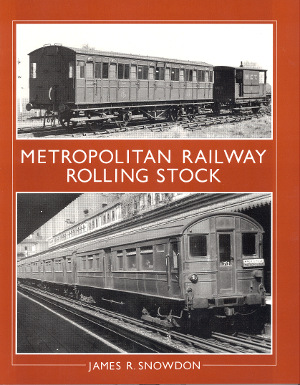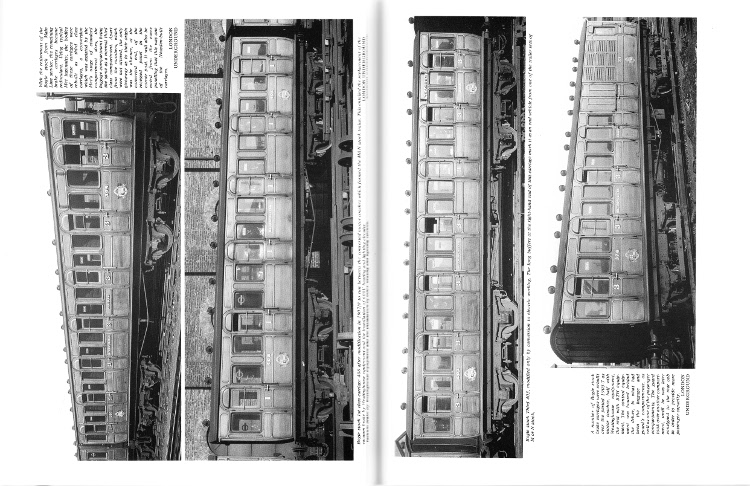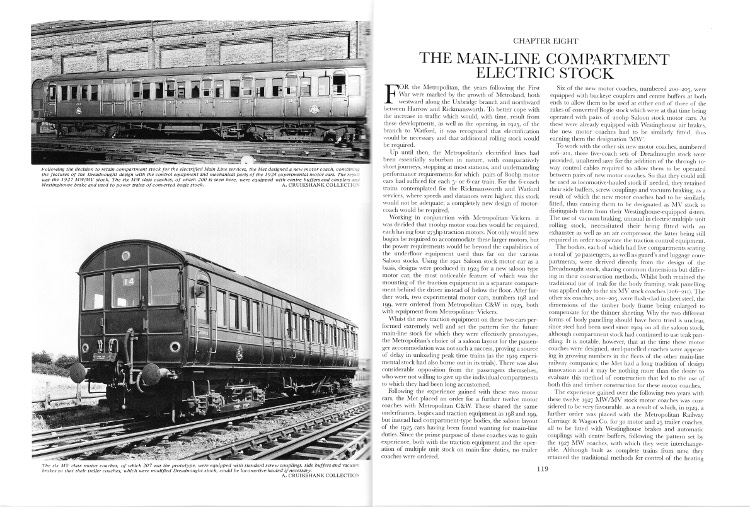Wild Swan Books
Metropolitan Railway Rolling Stock
James R. Snowden
Softback - 172 pages - £19.95
Contents- The Early Carriages
- The Jubilee Stock
- Modernisation - The Bogie Stock
- The Dreadnought Stock
- The Pullman Cars
- Metropolitan Railway Saloon Coaches
- Electrification & Rolling Stock Development
- The 1905-7 Stock
- Experience with the Early Electric Stock
- The 1913 Stock
- Slam vs Sliding Doors - 1919 Experimental Stock
- The 1921 Stock
- The Last Saloon Cars - 1925 Stock
- Main-Line Compartment Electric Stock
- Non-Passenger Stock
- Goods Stock
Unlike many other railways of a similar size, the Metropolitan took a very active part in the design and, at times, the construction of its own rolling stock. Its engineers were strong supporters of standardisation, as a result of which there is, in all of its rolling stock, a very strong sense of continuity over the seventy years of ther railway's independent existence.
The Metropolitan Railway served a sizeable area of countryside to the north-west of London, extending out into the depths of Buckinghamshire. As a result, it developed not only passenger services, both suburban and long-distance, but also a thriving goods traffic, for which it developed a wide range of wagons.
This study charts the development of the Metropolitan's rolling stock from its beginnings in 1863, through to its absorption into the London Passenger Transport Board in 1933, when, swamped by the interests of the Underground group, its independent character was effectively stifled. It was not long before its non-passenger interests were handed over, along with much of the freight stock and the locomotive fleet, to the control of the London & North Eastern Railway, with whom, as successors to the Great Central Railway, the Metropolitan co-existed.
Example Two Page Spread [1]

Example Two Page Spread [2]
